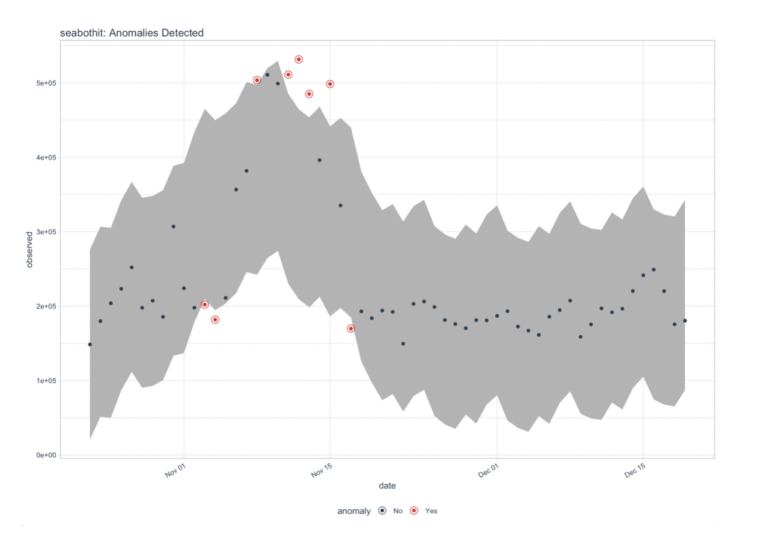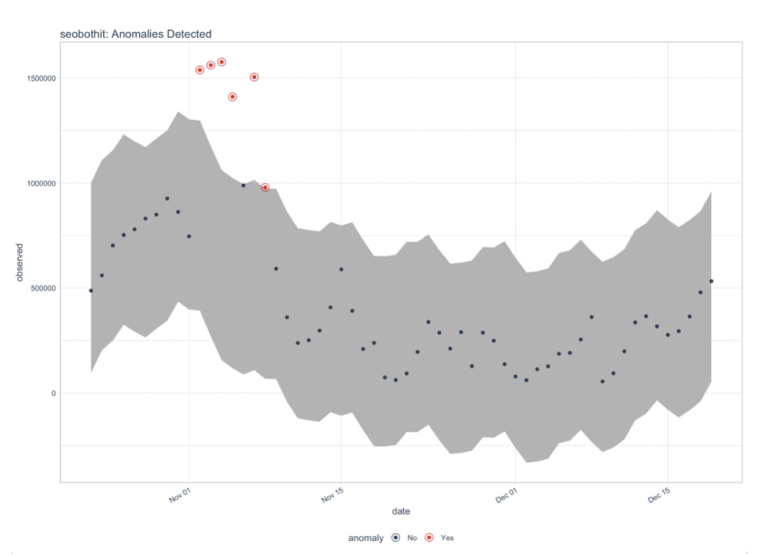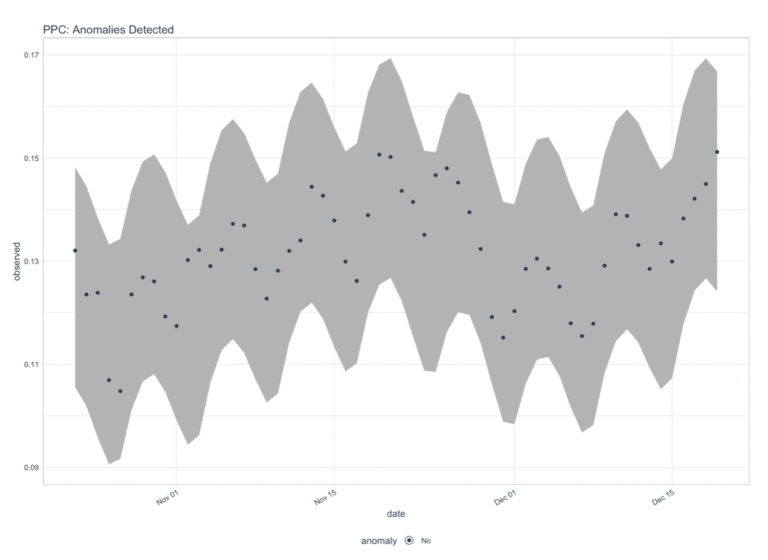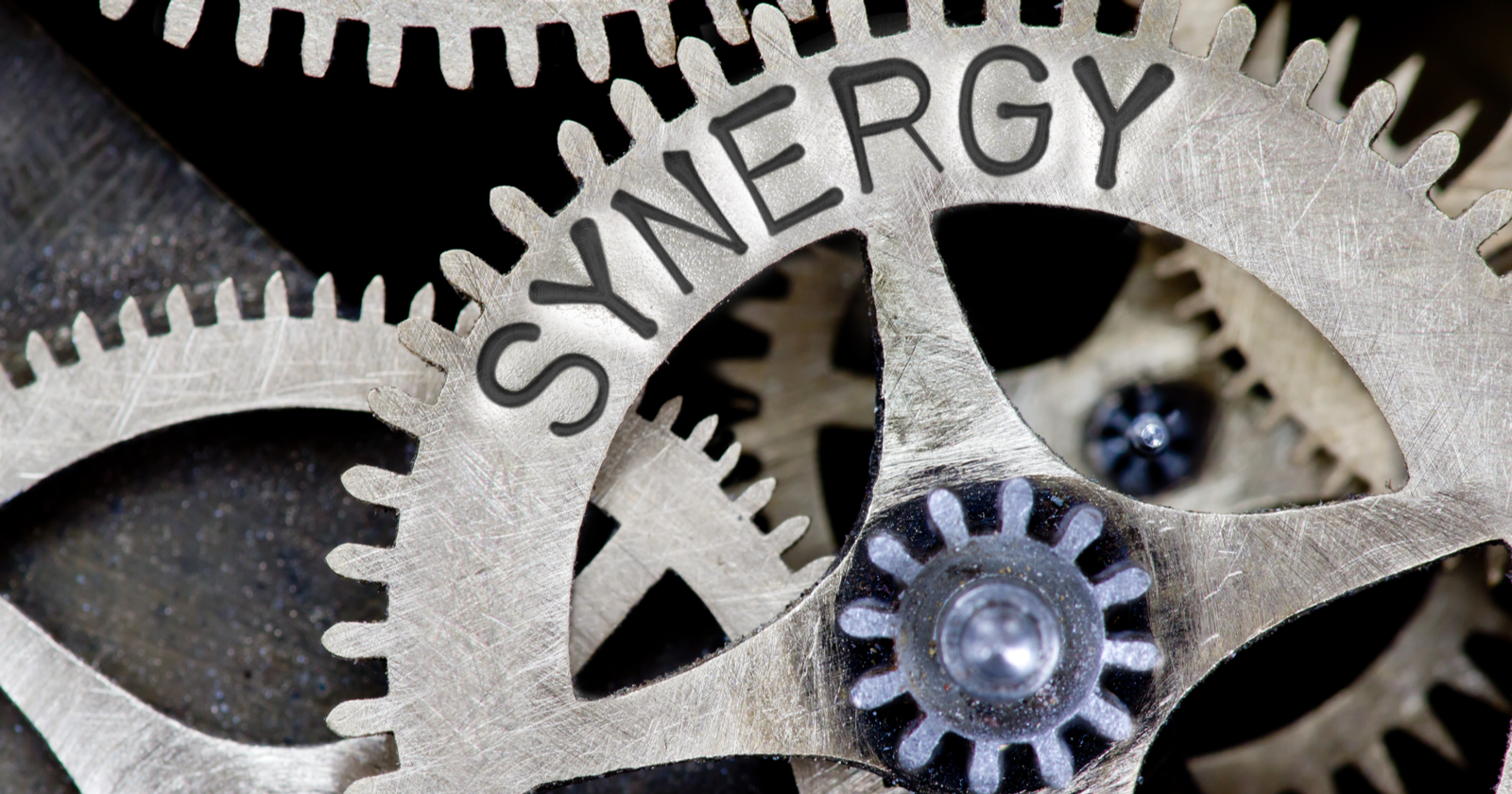Often, PPC (paid search advertising) and SEO (“free” organic search engine optimization) are treated as separate, opposing channels.
Different people might be in charge of each task for the same website, using separate company resources, with divergent objectives.
However, this way of looking at PPC and SEO discounts a basic truth.
Because of how search engines work, and due to the data (your website) they use to evaluate your submissions to their search results pages, there’s more interaction between the two marketing channels than you might think.
We want to argue that sharing information between services, and sharing objectives in search engine marketing – whether you’re a practitioner of SEO or PPC – is beneficial to everyone.
To that end, in this article, we’ll look at:
- Shared presence on the SERPs.
- Benefits of PPC on organic searcher behavior.
- Benefits of SEO on PPC costs and ratings.
- Shared search engine resources.
Taking a Closer Look at the SERPs
The synergy between SEO and PPC is immediately clear on the search results pages.
Paid links and natural links are both displayed within the same space and therefore compete against one another.
Since the creation of Google AdWords (now Google Ads), Google seems to have often given the lion’s share of benefits to sponsored links. They’re displayed above the fold, they benefit from a double presence with Google Shopping ads, etc.
If we look at the history of how paid results are displayed, we see growing interference as it becomes harder to distinguish between paid and organic results.
The colored background applied to paid results in the early SERPs has disappeared. The color and position of the “AD” label that has become increasingly subtle.
It’s clear that Google’s policy is to promote a closing of the visual gap between the two channels. This leads to a decrease in the significant differences between user behaviors for each type of result.
Using Paid Results to Boost Organic Results
Various studies have found that search users who see an ad are more likely to click on organic results from the same website.
As Rand Fishkin explained in 2017:
“Seeing these two [results] together biases you, biases searchers to generally be more likely to click these than they otherwise would independent of one another. This is why many people will bid on their brand ads.”
In many cases, this continues to be true today.
Using SEO to Boost the Quality Score
Patents from Daryl Pregibon (pdf) show that quality score calculation takes into account many elements like the CTR, the CPC, etc. The algorithm also analyzes the content of the landing page and the content of the ad to establish coherence.
This is supported by evidence that quality of the page and the content, optimized for search, has a confirmed impact on the ad Quality Score.
This is one way, from a very simplistic point of view, that SEO can have a beneficial impact on the costs associated with PPC. In short, it can contribute to keeping the CPA down, thus increasing the ROI.
Taking a Closer Look at How Search Engines Work
Evidence from Patents
We’ve only seen a few patents assigned to Google on the subject of algorithms specific to paid search so far.
However, many patents exist for organic search. Among them, we can find ideas that are almost certainly reused in paid search.
For example, the Quality Score discussed above plays a discriminatory role in an ad. It can impact the ad’s position as well as the associated CPC. But the quality score isn’t a concept limited to paid search.
Among the patents published by Navneet Panda, of the Panda update fame, there is one that develops the idea of a Quality Score, in this case associated with a website (pdf).
In short, a website’s response to a first group of keywords allows that site to be categorized with regard to the responses provided. A more precise categorization is achieved with the second group of keywords. (Here we find notions like website clusterization: a main category and secondary categories.)
Based on the two groups of keywords and on the product results, the quality score of the site is determined. The quality score then is most likely used in ranking algorithms and E-A-T-like analysis by Google.
As a result, PPC can allow you to test the pertinence of certain keywords for your site. It can be useful before implementing an SEO modification.
When looking at a discriminating metric such as the click-through rate, for example, it is reasonable to assume that similar results can be achieved through organic channels.
Evidence from Crawl Behavior
Let’s see where the relationship between paid and organic search can get interesting. We’ll look at the distribution of crawl budget between the different Google-owned bots that evaluate websites.
What the SEO industry calls “crawl budget” is not limited to SEO but also includes the crawl requirements for PPC. In fact, Google evaluates the needs of both of these marketing channels when distributing resources given to a site.
One of the first indications of this fact is the Exploration Statistics report in the old version of the Google Search Console. In this report – the only data Google provides webmasters on Googlebot crawl behavior – we get a global overview of the crawl frequency, or page visits per day, for all Googlebots, without distinction.
In other words, the official communication by Google is an amalgamation all Google-owned bots. This includes not only the bots Google uses for SEO evaluation (Googblebot, Googlebot-Image…), but also the bots Google uses for PPC (AdsBot-Google, AdsBot-Google-Mobile, AdsBot-Google-Mobile-Apps…).
Breaking down this analysis by types of bot will highlight the different interactions. Because this information is not provided by Google, you will need to look at your server log files to obtain it.
In fact, log analysis of the behavior of the different bots can reveal that web marketing actions can have a direct impact on the crawl budget of the website. This is true for both SEO and PPC actions.
The impact is not limited to the channel in which the action originated, but impacts both SEO and PPC crawl budget.
One way to demonstrate this is to look at crawl anomalies, or unusual bot behavior. To do this, we’ll use R and the Anomaly Detection package developed by Twitter. (This is the package used to identify Trending Topics.)
We’ll first pinpoint the dates on which the number of hits by the various AdBots is higher or lower than the normalized standard for a given website.

Correlated with the daily average CPC, we start to see the interactions between investment and crawl demand. Higher spending generates higher crawl demand.
By applying the same analysis on SEO bots (Googlebot), we can see the resulting cause and effect in the bots’ behavior.

If the amount of daily spending dedicated to sponsored links is too low, the correlation may not be particularly strong.

However, we’ve found that the correlation exists when the amount of Google Ads spending is above average for a given period. This is often due to increased investment to support a specific event, such as Black Friday.
This sort of research on anomaly detection should be conducted per industry sector and per type of site. The effect of the correlation can vary significantly from site to site and from business to business.
In short, Google considers PPC investment as a discriminatory metric for allocating exploration resources, both for PPC and SEO bots. This can also trigger an increased crawl demand for SEO bots on landing pages for paid ads.
Applying PPC-SEO Relationship Knowledge to Marketing Strategy
The Evidence
So far we have seen that:
- There is a demonstrable correlation between PPC and SEO campaigns. This includes but is not limited to the influence of SEO on critical elements of PPC evaluation, such as Quality Score.
- The co-existence of PPC and SEO results on the same SERPs makes interaction unavoidable, whether it comes in the form of direct competition or in a boost to SEO click-through rates.
- Patent studies support the idea that search engine algorithms share concepts between PPC and SEO. The similarity behind certain functions means that best practices in one channel may also influence the other. Likewise, the way websites are evaluated may mean that optimizing for one channel will also affect the other.
- Studying correlations between crawl anomalies in log files shows us that Google’s crawl demand for both channels can be expanded during important events. This is especially true of events that require strong tactics through one channel or the other (increased spending, release of an optimization batch).
Actionable Conclusions
In concrete terms, how should we apply this knowledge to a marketing strategy?
PPC has the merit of being more tangible and factual: $1 invested brings in $X in revenue. It is consequently easier to measure ROI, CPA (cost per acquisition), cost per keyword, or bid level with PPC.
All these metrics make paid search more appealing to marketers who want or need to provide traffic predictions and also to project potential revenues.
SEO may appear to be less of a black box, however, once we consider that there is significant interaction between PPC and SEO investment, search appearances, and user behavior. This interaction makes it necessary to take into account the coexistence of both marketing methods.
The tactics put in place to uncover key factors for success, particularly when there are recurring processes or campaigns, are important. They allow you to keep a larger part of the crawl resources attributed to your site by Google.
SEO can contribute to the improvement of the Quality Score and bring a more fine-grained perspective to the choice of keywords.
It is also worthwhile to dig into tangible PPC data to serve SEO ends: the number of conversions, the average CTR, the content that drives the greatest number of clicks or conversions. And vice-versa.
It boils down to this: knowing what one hand is doing may help the other to accomplish goals, and even explain search engine behavior that is puzzling when each marketing channel is examined on its own.
More Resources:
- How to Combine SEO & PPC for More Powerful Results
- SEO vs. PPC: A Few Forgotten Truths
- How SEO & PPC Keyword Research Can Work Together
Image Credits
All screenshots taken by author, August 2019





